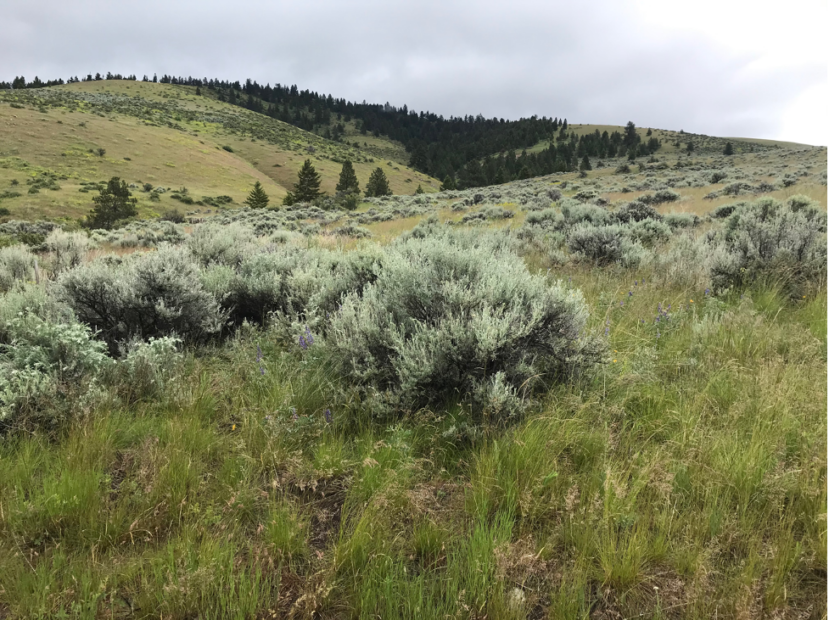Once upon a time, not a blade of grass could be found on this planet we call home. There were no verdant meadows, no golden prairies, no sunbaked savannas, and certainly no lawns. Only in the past 80 million years—long after the appearance of mosses, trees, and flowers—did the first shoots of grass emerge. We know this in part because a dinosaur ate some, and its fossilized poop forever memorialized the plant’s arrival.
Grass then was still an odd little weed, vying for a spot on the forest floor. It took ages for grasses to grow in numbers that might constitute a grassland. And grasslands only started to occupy serious real estate in the past 10 million years—basically yesterday. They now cover roughly one-third of Earth’s land area.



